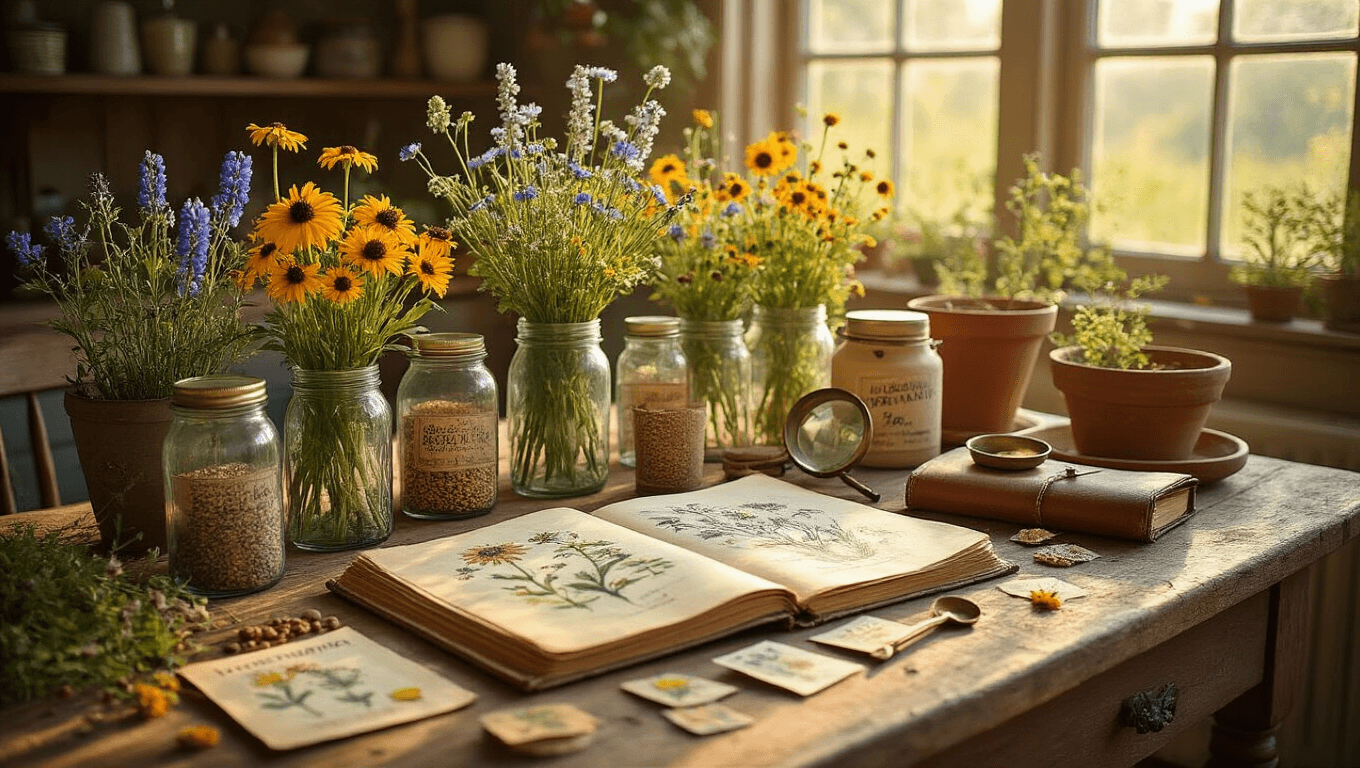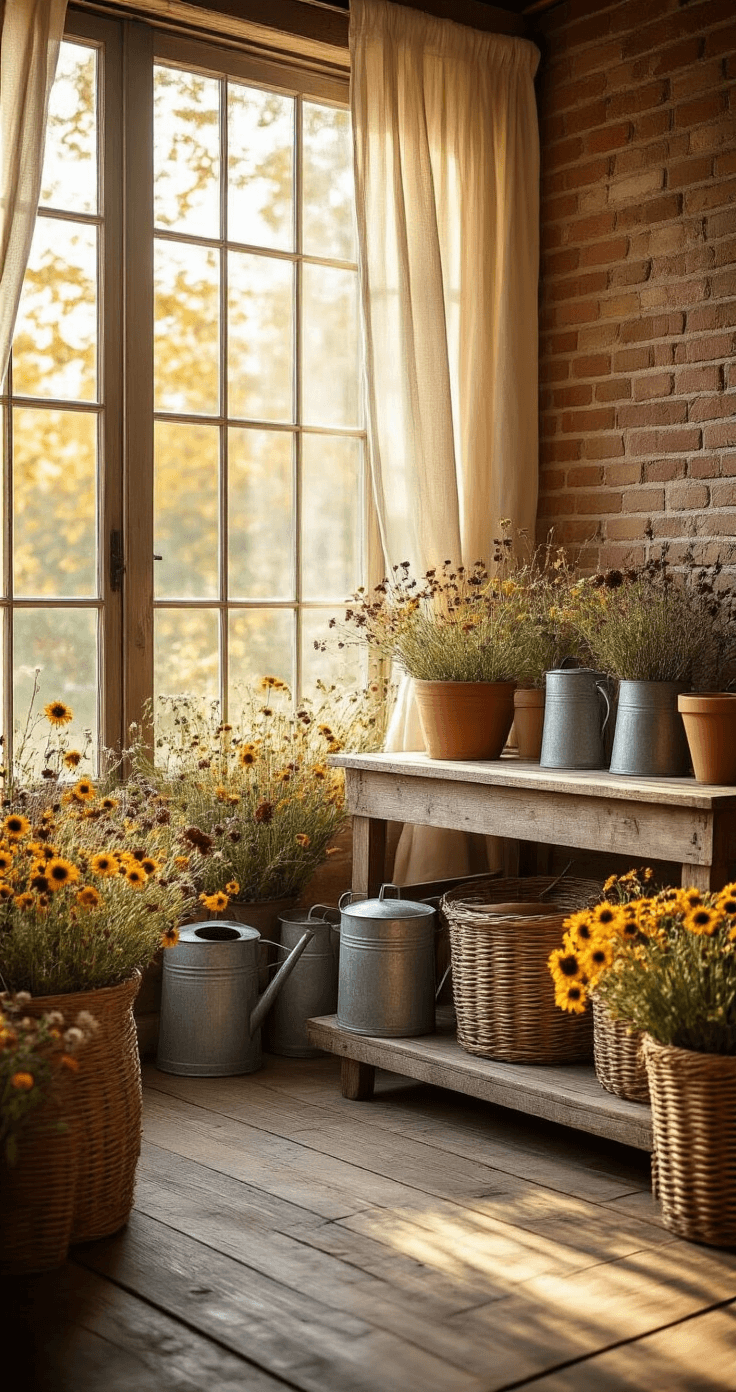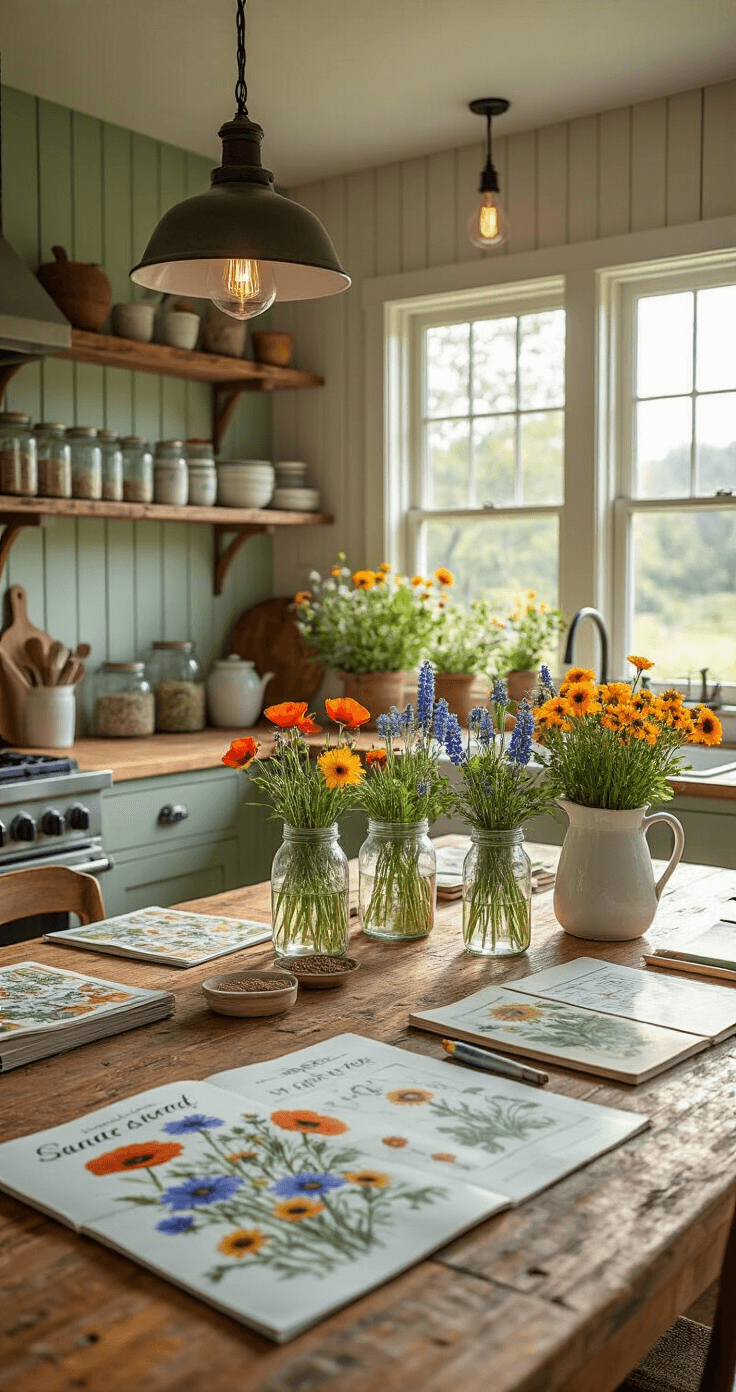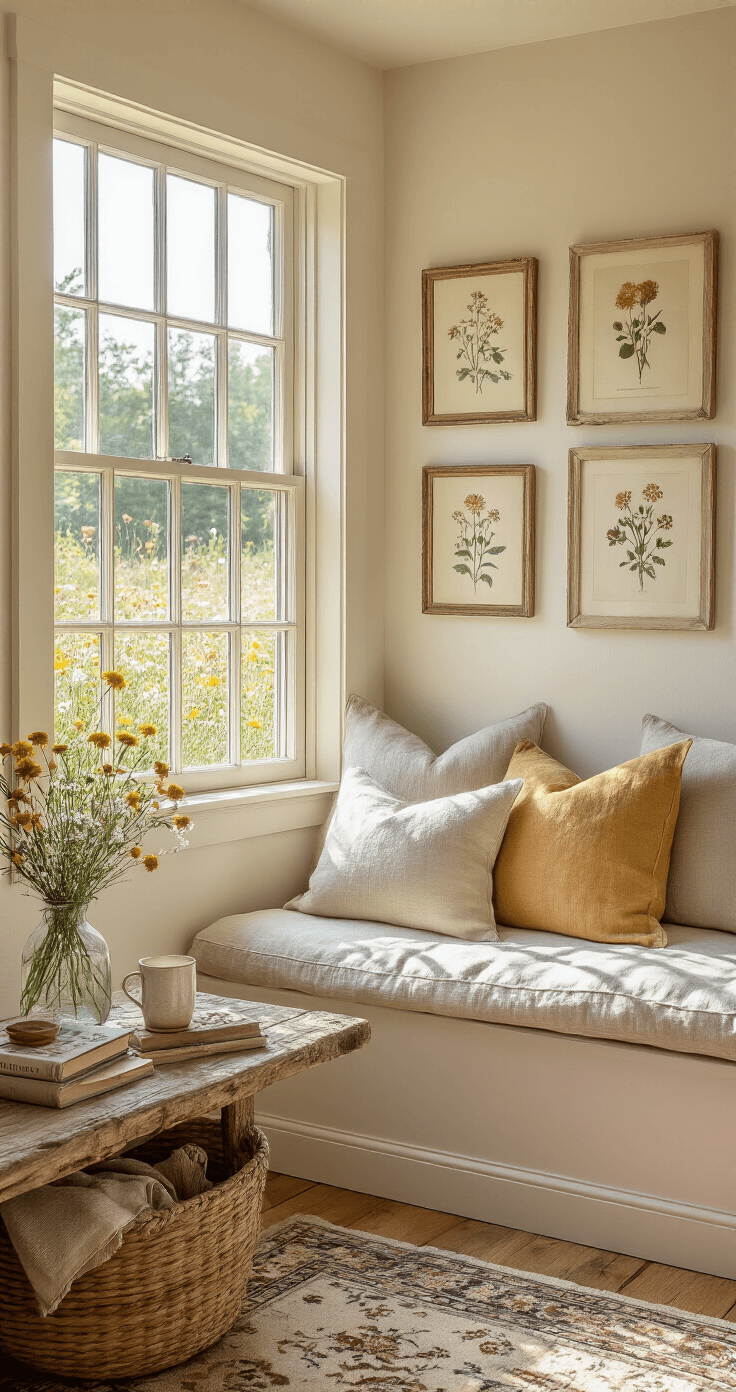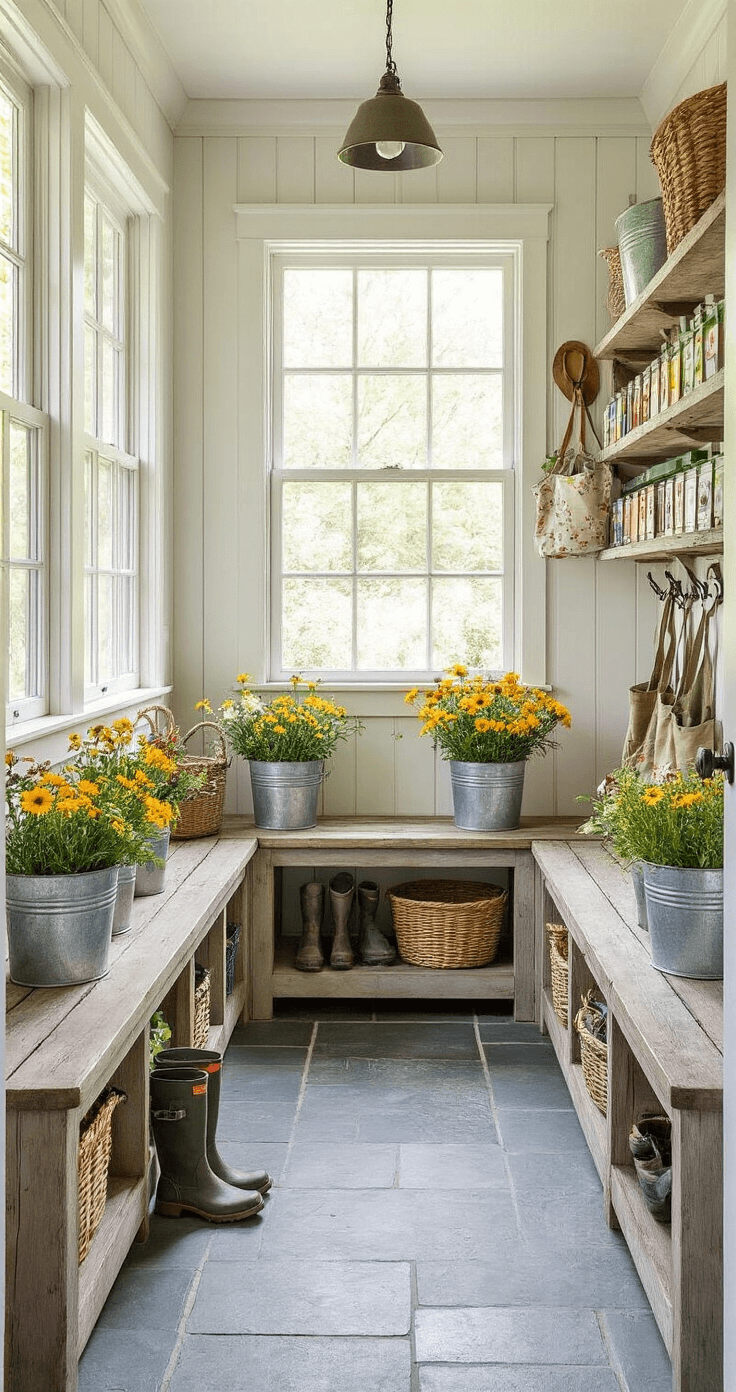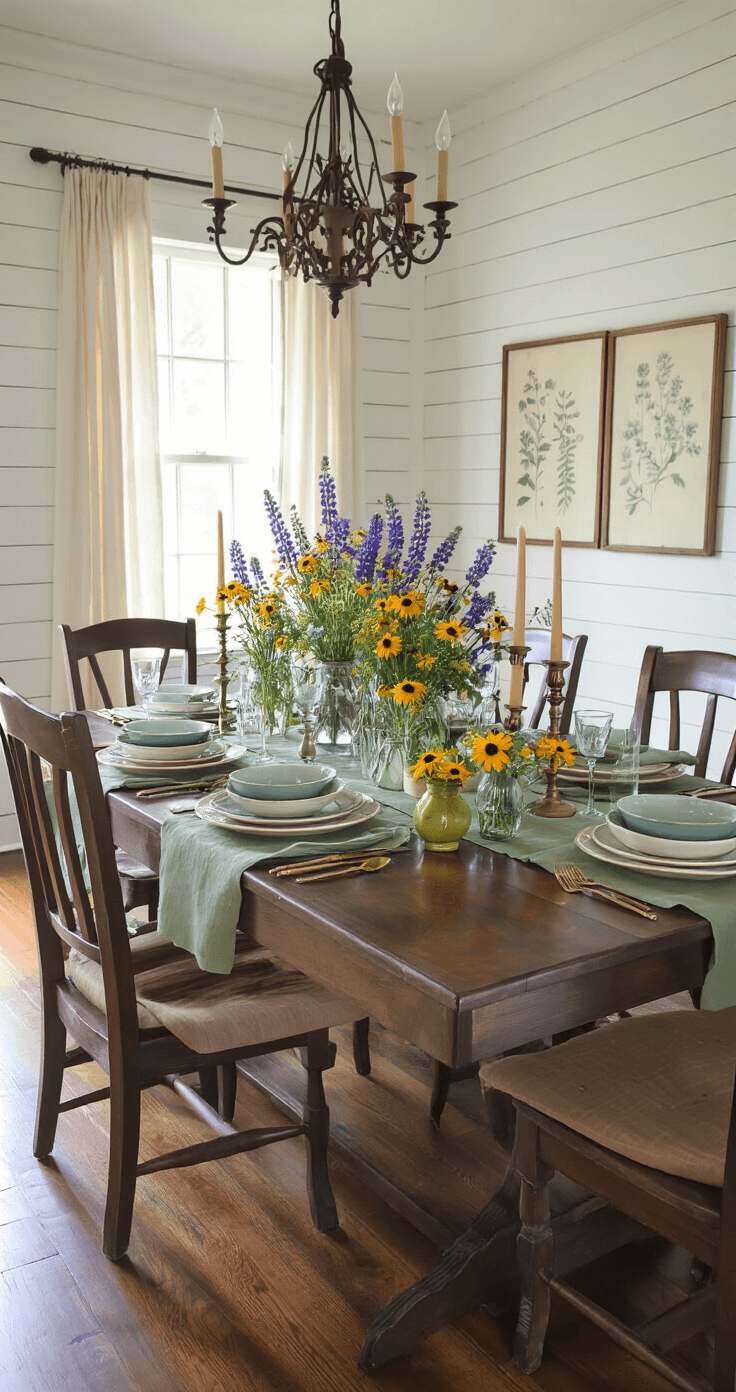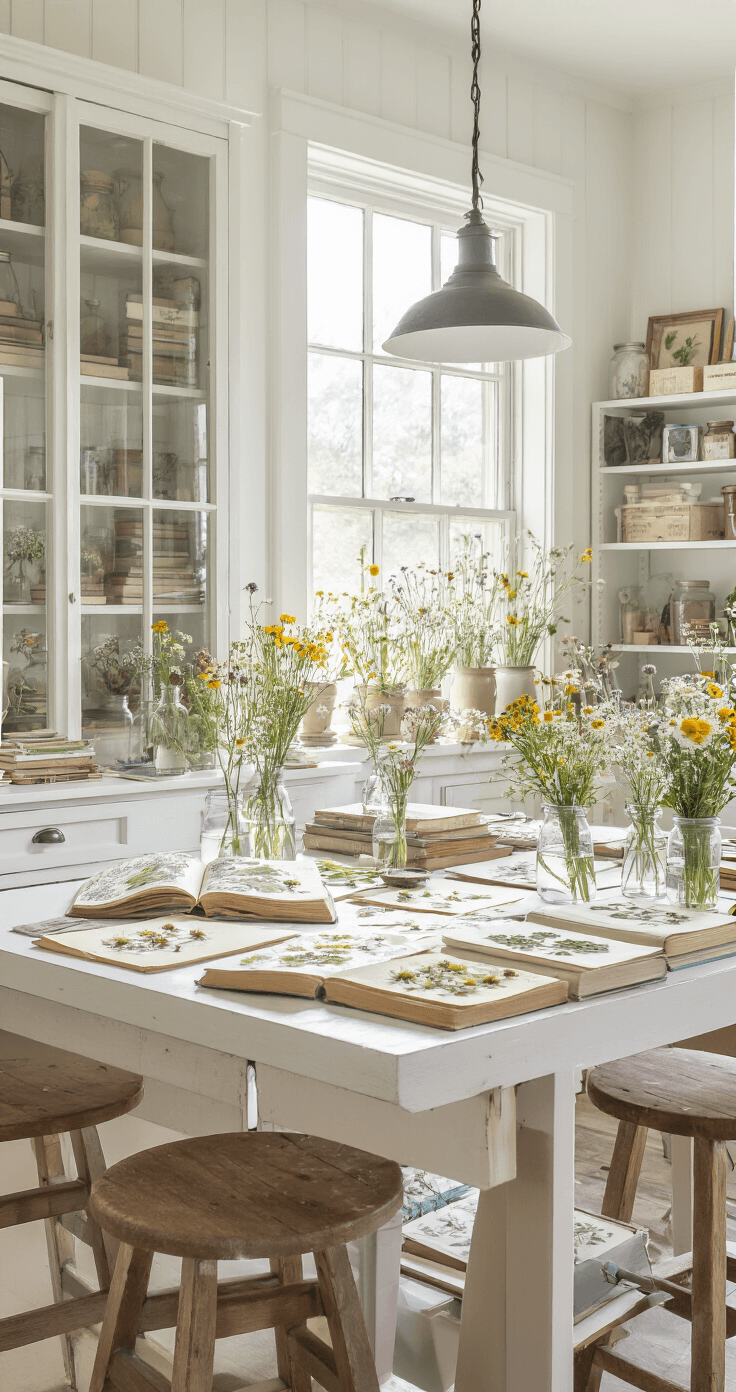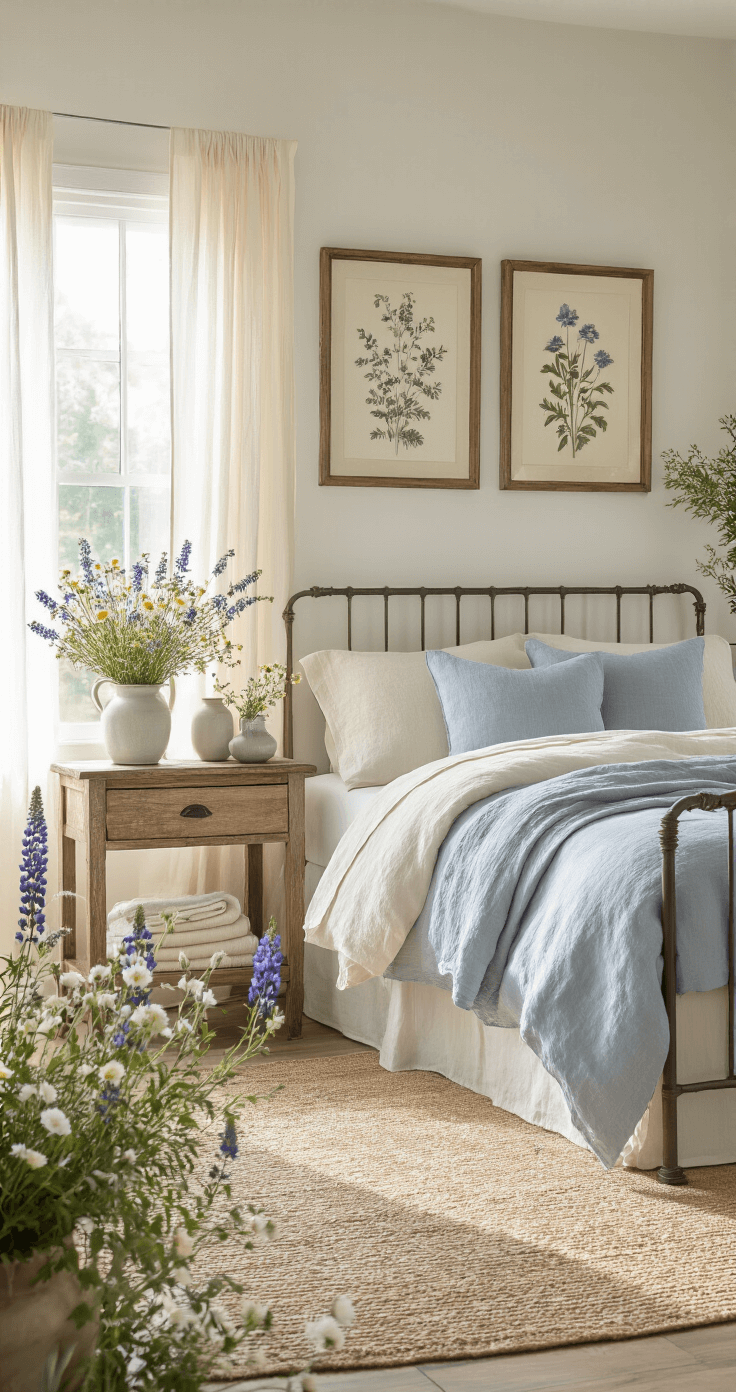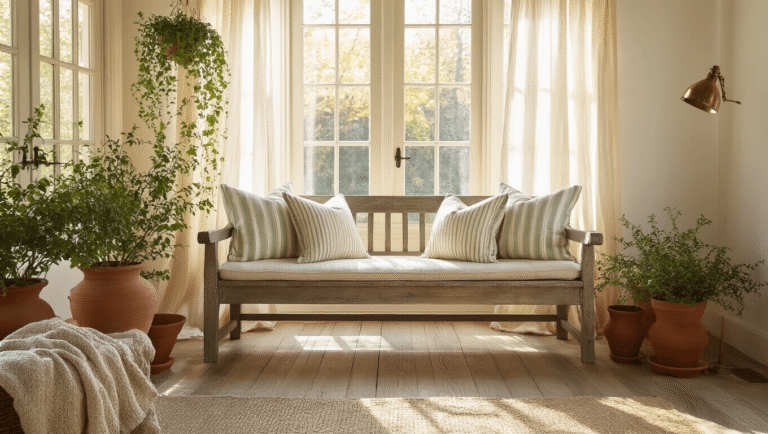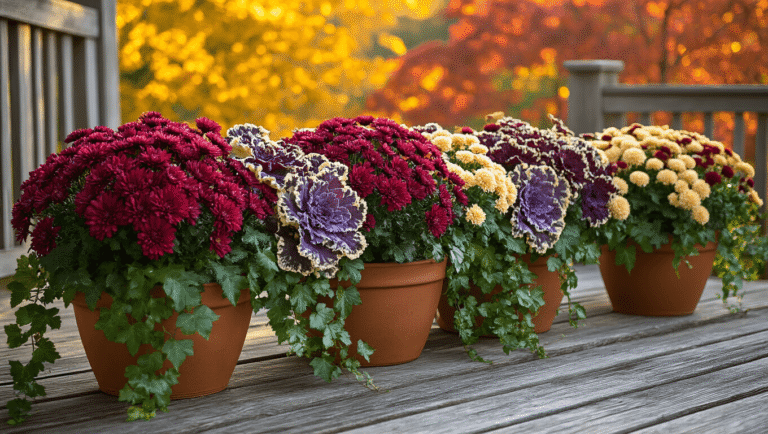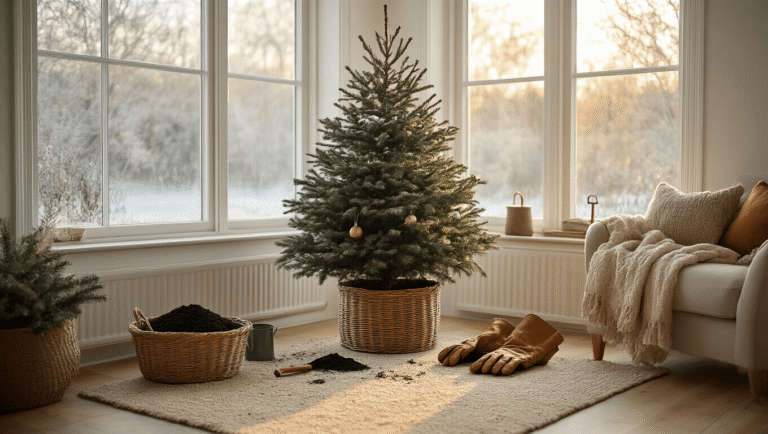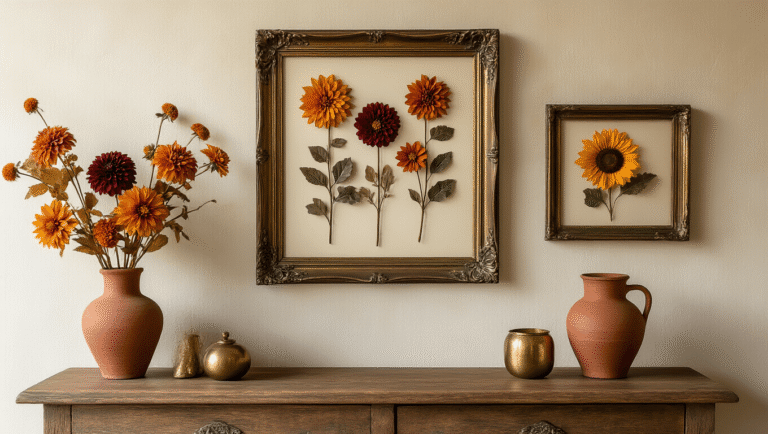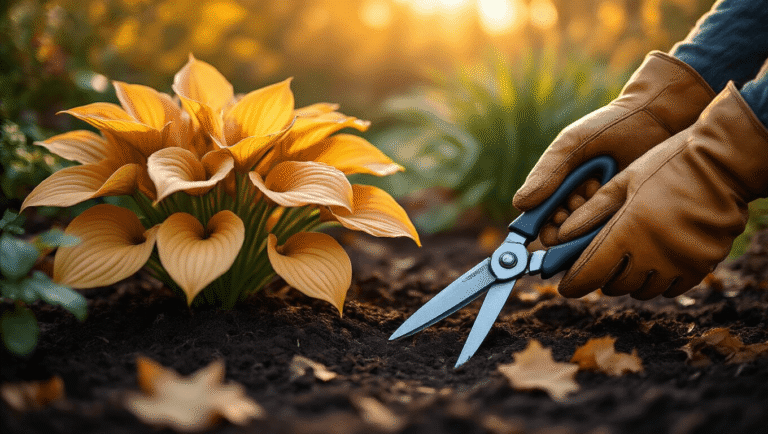This post may contain affiliate links. Please see my disclosure policy for details.
Creating a Stunning Wildflower Garden: Nature’s Perfect Landscape Solution
Contents
- Creating a Stunning Wildflower Garden: Nature’s Perfect Landscape Solution
- Why Wildflower Gardens Are a Game-Changer
- Getting Started: Your Wildflower Garden Roadmap
- Choosing Your Wildflower Superstars
- Planting Techniques That Work
- Maintenance: Keeping Your Wild Paradise Thriving
- Common Mistakes to Avoid
- Budget-Friendly Pro Tips
- Final Thoughts: Your Wild Garden Journey
Wild beauty isn’t just a dream—it’s a garden waiting to happen. Wildflower gardens are the ultimate low-maintenance, eco-friendly landscape design that transforms ordinary spaces into vibrant, living canvases.
Why Wildflower Gardens Are a Game-Changer
Let’s cut to the chase: traditional lawns are boring, water-hungry, and ecological dead zones. Wildflower gardens are the rebel solution that:
- Attract pollinators like bees and butterflies
- Require minimal maintenance
- Create stunning, ever-changing landscapes
- Support local ecosystem health
Getting Started: Your Wildflower Garden Roadmap
Essential Supplies You’ll Need
- Garden hand trowel
- Rake
- Wildflower seed mix
- Patience and enthusiasm
Soil Preparation: The Foundation of Success
Pro Tip: Great wildflower gardens start with killer soil preparation.
- Clear existing vegetation
- Loosen soil to 2-3 inches deep
- Remove rocks and debris
- Add light compost if needed
Choosing Your Wildflower Superstars
Top wildflowers that are basically foolproof:
- Black-eyed Susans
- California Poppies
- Cornflowers
- Lupines
- Milkweed
Pro Design Strategies
Color Palette Magic:
- Mix warm tones (yellows, oranges)
- Balance with cool blues and purples
- Create depth with varying flower heights
Planting Techniques That Work
Seed Sowing Methods
- Direct broadcast in prepared soil
- Gentle rake to cover seeds lightly
- Water consistently until germination
Timing is Everything:
- Early spring or fall for best results
- Avoid extreme summer heat
- Follow local planting zone recommendations
Maintenance: Keeping Your Wild Paradise Thriving
Wildflower gardens are basically the low-maintenance rockstars of landscaping:
- Minimal watering after establishment
- Annual light mowing in late winter
- Allow some areas to self-seed
- Remove aggressive weeds carefully
Wildlife Bonus Points
Your wildflower garden isn’t just pretty—it’s a wildlife sanctuary:
- Provides food for pollinators
- Creates habitat for beneficial insects
- Supports local bird populations
Common Mistakes to Avoid
❌ Don’t:
- Overwater
- Use chemical fertilizers
- Expect perfection in the first season
- Mow too frequently
✅ Do:
- Embrace natural randomness
- Observe and learn
- Celebrate each unique bloom
Budget-Friendly Pro Tips
- Buy regional seed mixes
- Start small and expand
- Use seed starter trays for better germination
- Share seeds with neighbors
Final Thoughts: Your Wild Garden Journey
Wildflower gardens aren’t just landscapes—they’re living, breathing ecosystems that tell a story. Each bloom represents resilience, beauty, and connection to the natural world.
Your Turn: Grab those seeds, get your hands dirty, and watch magic unfold right in your backyard.

